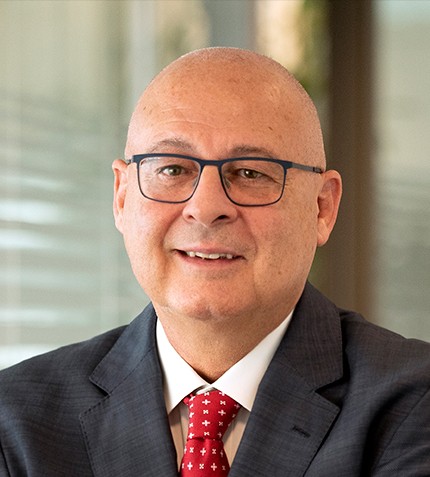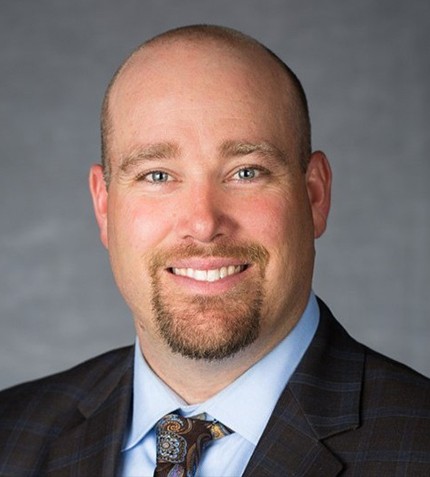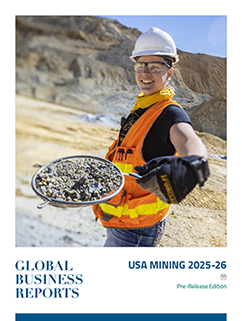
"Since exploration depends on financing, our efforts focus on supporting associations and regulators to facilitate funding and advance mining projects in Québec."
RELATED PUBLICATION
René Branchaud and Josianne Beaudry
PARTNERS, LAVERY
What are some highlights from Lavery’s work over the last year?
RB: We had a busy 2024 and start to 2025, advising Newmont on the cross-border sale of its Éléonore mine in Québec, and supporting several ASX-listed companies with Canadian legal matters. We acted for Cerro de Pasco Resources on key transactions, including its TSXV listing and private placements with investors like Eric Sprott. We also advised Dynacor Group on a public offering and continue to support Abcourt Mines on private placements and the reopening of the Sleeping Giant mine. Internationally, we are assisting a TSXV-listed company with mining asset acquisitions in Morocco, handling due diligence and agreements with local counsel.
How would you assess Québec’s trajectory on permitting?
JB: Québec’s government is giving mixed signals. Though there are promises of faster permitting, reduced red tape, and an accelerated energy transition, recent amendments to Québec’s Mining Act have moved in the opposite direction. Large exploration areas are now off-limits. Claim renewals require 90% of planned work completed or risk loss of the claim, with no possibility of appeal. Additional layers on social acceptability regulations are making approval processes longer and more costly. Discretionary powers maintained by the government further increase uncertainty. Industry groups like the QMEA are advocating for better frameworks, but short-term change is unlikely. With the US speeding approvals and easing rules, Québec risks falling behind.
How could changes to Québec’s flow-through share regime impact exploration?
JB: Reduced tax credits in Québec’s latest budget further hinder early-stage exploration, threatening critical mineral development. While companies are not hit immediately, the changes make flow-through shares less attractive to investors by removing key tax benefits, including the capital gains exemption. This raises the cost for investors, reducing deal values and limiting the capital companies can raise. With less funding, exploration slows – threatening the pipeline of future mining projects.
Do regulatory changes at the federal level offer more encouragement?
JB: There have been some positive signs – like the federal proposal to remove environmental reviews for select projects – but these remain vague and limited.
What is driving heightened M&A activity?
RB: M&A activity – especially in gold – has been strong since 2023 and is expected to continue through 2025, fueled by rising prices and geopolitical uncertainty. Once unthinkable, a C$5,000 per ounce gold price now seems possible. Copper is also seeing increased interest, driven by demand from the energy transition.
JB: M&A is also being driven by the financial strain on junior explorers, many of whom lack access to capital and are becoming acquisition targets. While consolidation is not inherently negative, it highlights the urgent need to boost exploration to sustain future supply. Majors still rely on juniors for early-stage work, so strategic partnerships and option deals remain common.
How can Canada best drive growth in the mining sector?
RB: Canada has abundant natural resources and a strong pool of skilled mining professionals. This foundation will support continued industry growth. But social acceptance is critical. Groups like the QMEA and mining companies must invest in outreach to bridge the gap between public perception and the reality that responsible mining is essential to supply the minerals needed for modern life and clean technologies.
JB: The federal and provincial governments should seize the opportunity to strengthen Canada’s mining sector. With rising global demand for gold and critical minerals, the country is well-positioned to lead.
Where will Lavery be focusing in its mining practice in the coming months?
RB: A few years ago, we established a dedicated mining group and quickly recognized the breadth of our expertise – not just in mining, but also in environment, permitting, real estate, financing, taxation, securities, litigation, and IP. We meet monthly to align efforts and share insights. A key priority is engaging Canadian law firms without a Québec presence, helping them navigate the province’s distinct and evolving regulatory framework.
JB: We remain actively involved with industry groups like the QMEA and serve on the committee reviewing TSX Venture Exchange policies. Mining continues to be one of the strongest sectors on the TSXV, alongside a growing but still smaller technology sector. We also advise securities regulators and stakeholders, helping identify solutions to improve capital market access. Since exploration depends on financing, our efforts focus on supporting associations and regulators to facilitate funding and advance mining projects in Québec.











